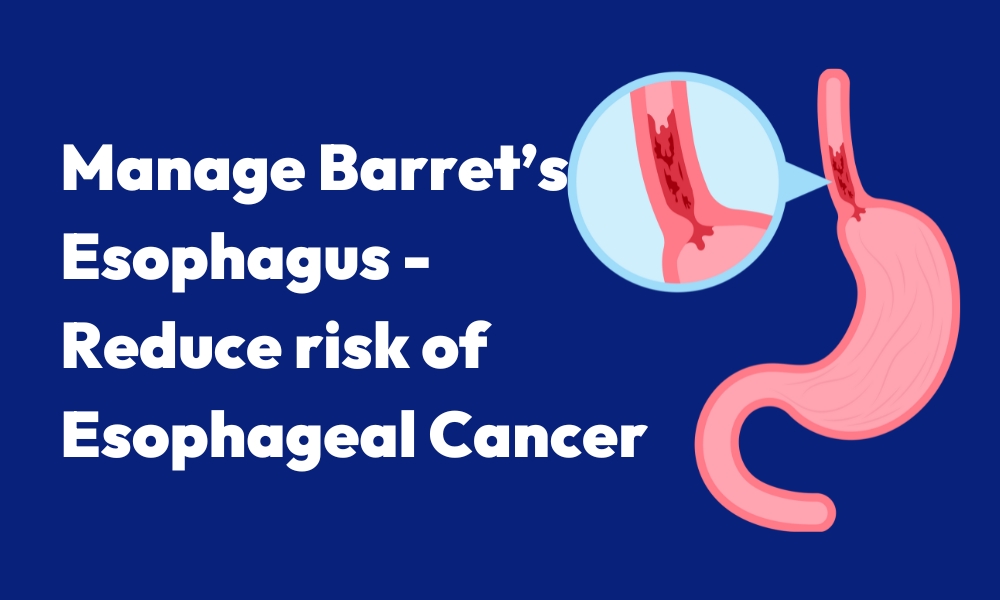Celiac disease is an autoimmune disorder that causes inflammation and damage to the small intestine when gluten is ingested. It affects nearly 1% of people worldwide. However, it’s estimated that 80% of cases are undiagnosed due to the wide range of possible symptoms. Detecting celiac disease early is important, so treatment with a strict gluten-free diet can begin before complications develop. This article provides an extensive overview of the early signs and symptoms to be aware of.
What is Celiac Disease?
Celiac disease is triggered by an abnormal immune reaction to gluten, a protein naturally found in wheat, barley, and rye. When someone with celiac eats gluten, their immune system attacks and damages the villi lining the small intestine.
Villi are tiny, finger-like projections that absorb nutrients from food. When they become inflamed and damaged, nutrient absorption is impaired. This can lead to malnutrition and a host of symptoms.
Celiac disease is genetic, with one or more genes making a person susceptible. However, environmental factors and gluten exposure also trigger immune reactions. It can develop at any age after introducing gluten sources into the diet.
Currently, the only treatment is adhering to a 100% strict gluten-free diet for life to manage symptoms and allow healing of the intestinal villi. Detecting celiac early makes transitioning to this dietary approach easier before substantial damage occurs.
Recognizing Common Gastrointestinal Symptoms
Many people first notice gastrointestinal issues that bring them to the doctor for celiac disease testing. Common digestive symptoms include:
Chronic diarrhoea – Frequent, watery bowel movements
Constipation – Difficulty passing stools
Floating or foul-smelling stools
Excessive gas or flatulence
Abdominal pain, cramping or discomfort
Bloating and distension of the belly
Nausea and vomiting
Acid reflux, heartburn, or GERD
These signs result from impaired nutrient absorption and intestinal inflammation, disrupting digestive function. Notice if any digestive issues persist daily for weeks. Children may have particularly smelly stools from all the fat being expelled.
Identifying Symptoms of Malnutrition
As celiac inhibits proper nutrient absorption, many develop vitamin and mineral deficiencies over time. This can cause a variety of nonspecific symptoms, including:
– Fatigue, weakness, or generally feeling unwell
– Delayed growth or failure to thrive in children
– Weight loss or low weight for height
– Joint pain, muscle cramps, or tingling
– Hair loss, brittle nails, or easy bruising
– Leg swellings due to low protein levels
– Poor concentration or “brain fog”
– Depression, anxiety, or mood changes
These relate to inadequate intake and absorption of nutrients like iron, folate, vitamin D, zinc, and more. Ongoing malnutrition eventually leads to severe deficiency disorders and osteoporosis risk if untreated.
Looking for Signs of Anemia
Iron is one of the most common celiac-associated deficiencies, resulting in iron deficiency anemia. Symptoms of anemia include:
– Pallor or pale skin, lips, inner eyelids
– Headache or lightheadedness
– Shortness of breath, rapid heartbeat
– Dizziness, primarily upon standing up
– Strange food cravings like ice or dirt
– Restless legs syndrome
– Hair loss
– Chest pain
Notice if these develop and persist over time. Conducting bloodwork helps confirm if anemia is present. Those with celiac often can’t restore iron levels without eliminating gluten.
Reach out to us for best digestive health care
We are top gastroenterology medical clinic in Shavano Park, Texas. Don’t take our word for it, check out our reviews
👉 here.
Watching for Mouth Conditions
Celiac disease disrupts nutrient absorption, which is critical for healthy teeth and gums. This can lead to issues like:
– Tooth discoloration, enamel defects
– Recurrent mouth sores or canker sores
– Dry mouth, inflamed tongue or lips
– Delayed tooth eruption in children
– Damage to tooth enamel
– Increased dental cavities
– Loss of tooth enamel
Dentists may be the first to suspect celiac disease based on observing these mouth-related conditions.
Identifying Associated Skin Conditions
Specific skin manifestations are linked with celiac disease, including:
Dermatitis herpetiformis – severe itchy, blistering rash on elbows, knees, back, and scalp, often symmetrical on both sides of the body. Treated with a gluten-free diet.
Psoriasis – raised red patches with silvery scales, often on knees, elbows, and lower back. It may improve with gluten elimination.
Eczema – red, intensely itchy patches on skin. Usually, it starts in childhood when gluten is introduced.
Rashes – red bumpy rashes anywhere on the body that resemble hives or insect bites.
Alopecia areata – autoimmune hair loss resulting in patchy bald spots, especially on the head. Resolves with a gluten-free diet.
Paying Attention to Associated Conditions
Celiac disease is linked with several other autoimmune disorders, including:
Type 1 diabetes – About 5-10% of people with celiac have Type 1 diabetes.
Thyroid disease – Mainly Hashimoto’s hypothyroidism and Graves’ disease hyperthyroidism.
Sjogren’s syndrome – Autoimmune disorder affecting moisture-producing glands. Causes dry eyes and dry mouth.
Addison’s disease causes adrenal gland dysfunction, which causes low cortisol. Fatigue, low blood pressure, and kidney abnormalities occur.
Rheumatoid arthritis – Joint swelling, pain and stiffness. More common in people with celiac.
Having one of these conditions warrants checking for celiac disease, too.
Considering Checkups and Family History
Certain routine exams provide an opportunity to ask about celiac disease testing:
Annual wellness physical – Discuss any ongoing digestive or malnutrition symptoms
Well-woman exam – Ask about iron deficiency anemia in menstruating women
Well-child exam – Monitor growth trends, delayed puberty, dental enamel issues
GI-related visit for reflux, bloating, diarrhea – Review if symptoms persist
Informing your doctor about any family members diagnosed with celiac disease prompts evaluation. First-degree relatives (parents, siblings, children) have a 1 in 10 chance of having celiac disease too.
Getting Evaluated by a Gastroenterologist
If any concerning signs, symptoms, or risk factors are present, visit a gastroenterologist for evaluation. Diagnosis involves blood tests for antibodies, intestinal damage, and a small intestine biopsy during endoscopy.
Conclusive diagnosis requires continuing to eat gluten before testing. With positive results, the gastroenterologist will guide you safely in transitioning to a strict gluten-free diet and closely monitor your health.
Recognizing potential celiac disease early is crucial. Listen to your body and discuss any ongoing issues with your doctor. Catching celiac early allows treatment through diet to prevent malnutrition and serious complications.




